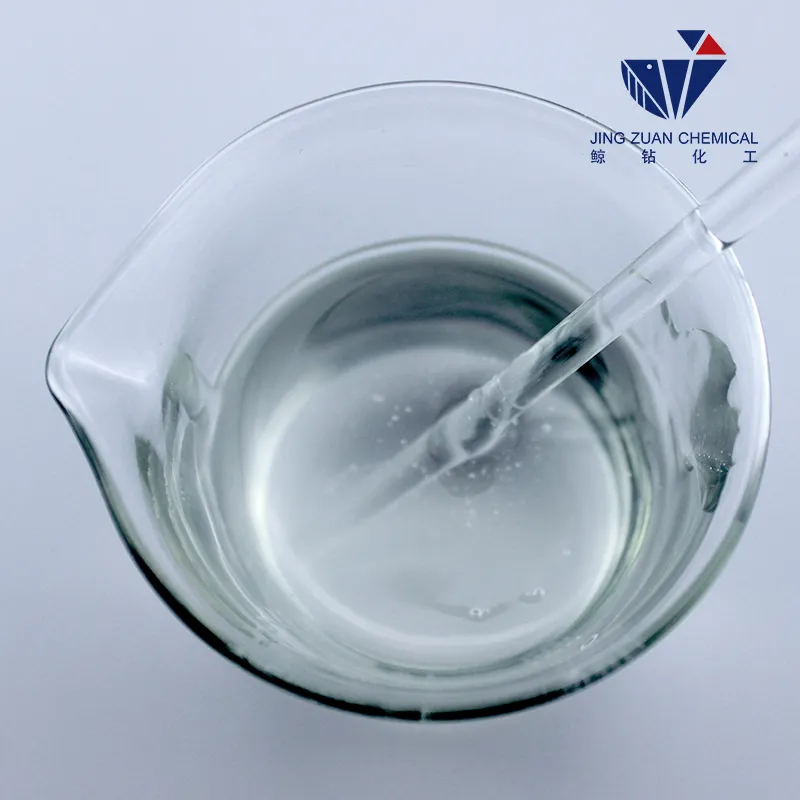
Aug . 14, 2024 17:45 Back to list
Exploring the Benefits of HPMC in Modern Detergent Formulations for Enhanced Cleaning Performance
The Role of HPMC in Detergents
Hydroxypropyl Methylcellulose (HPMC) is a non-ionic cellulose ether that has gained significant traction in various industries, particularly in the formulation of detergents. HPMC is renowned for its thickening, binding, and film-forming properties, making it an essential ingredient in modern cleaning products. This article explores the various uses and advantages of HPMC in detergents, shedding light on its functionality and benefits in enhancing cleaning performance.
One of the primary roles of HPMC in detergents is its ability to act as a thickening agent. The viscosity-enhancing properties of HPMC allow for the formulation of liquid detergents that maintain an optimal consistency. This thixotropic behavior ensures that the product is easy to dispense yet thick enough to adhere to surfaces during the cleaning process. Consequently, the targeted application of these detergents improves their effectiveness, ensuring that they effectively penetrate and break down dirt and stains.
The Role of HPMC in Detergents
Another significant advantage of HPMC is its compatibility with a variety of ingredients, including anionic, cationic, and nonionic surfactants. This versatility allows formulators to create unique and effective detergents tailored to specific cleaning applications. For instance, HPMC can enhance the performance of laundry detergents, dishwashing liquids, and all-purpose cleaners. Its ability to improve the solubilization of active ingredients results in better cleaning action, making products more effective while potentially reducing the quantity of active substances required.
hpmc uses in detergent

Moreover, HPMC contributes to the overall sensory experience of detergents. Its film-forming properties create a smooth texture that enhances users' perceptions of the product. This characteristic is particularly important in consumer-oriented goods, where tactile qualities can influence purchasing decisions. By providing a desirable feel and appearance, HPMC can help brands differentiate their products in a competitive market.
In the realm of eco-friendliness, HPMC is derived from natural sources, which aligns with the growing consumer demand for sustainable and biodegradable products. HPMC is also biodegradable, making it an attractive alternative to synthetic thickening agents that can be harmful to the environment. As detergent manufacturers strive to create greener formulations, the use of HPMC can significantly reduce the ecological footprint of cleaning products.
Furthermore, HPMC enhances the performance of detergents in hard water conditions by functioning as a water softener. Hard water can significantly impact the efficiency of cleaning products by interacting with surfactants and reducing their effectiveness. HPMC mitigates this issue by preventing scale formation and maintaining optimal cleaning performance even in challenging water conditions.
In conclusion, Hydroxypropyl Methylcellulose plays a multifaceted role in the formulation of detergents, offering a range of benefits that enhance product performance and consumer experience. Its thickening, stabilizing, and film-forming properties, combined with its eco-friendliness and compatibility with various ingredients, make HPMC an invaluable asset in the detergent industry. As manufacturers continue to innovate and respond to consumer demands for sustainable and effective cleaning solutions, the importance of HPMC will undoubtedly grow, solidifying its position as a key ingredient in modern detergents.
-
What Is HPMC: Meaning,Applications
NewsApr.02,2025
-
Redispersible Polymer Powder (Rdp): Uses, Price, And Suppliers
NewsApr.02,2025
-
Hydroxyethyl Cellulose (Hec): Uses, Suppliers, And Buying Guide
NewsApr.02,2025
-
Hpmc (Hydroxypropyl Methylcellulose): Applications, Suppliers, And Buying Guide
NewsApr.02,2025
-
Guide to Mortar Bonding Agent
NewsApr.02,2025
-
Buying Guide to Redispersible Powder
NewsApr.02,2025







